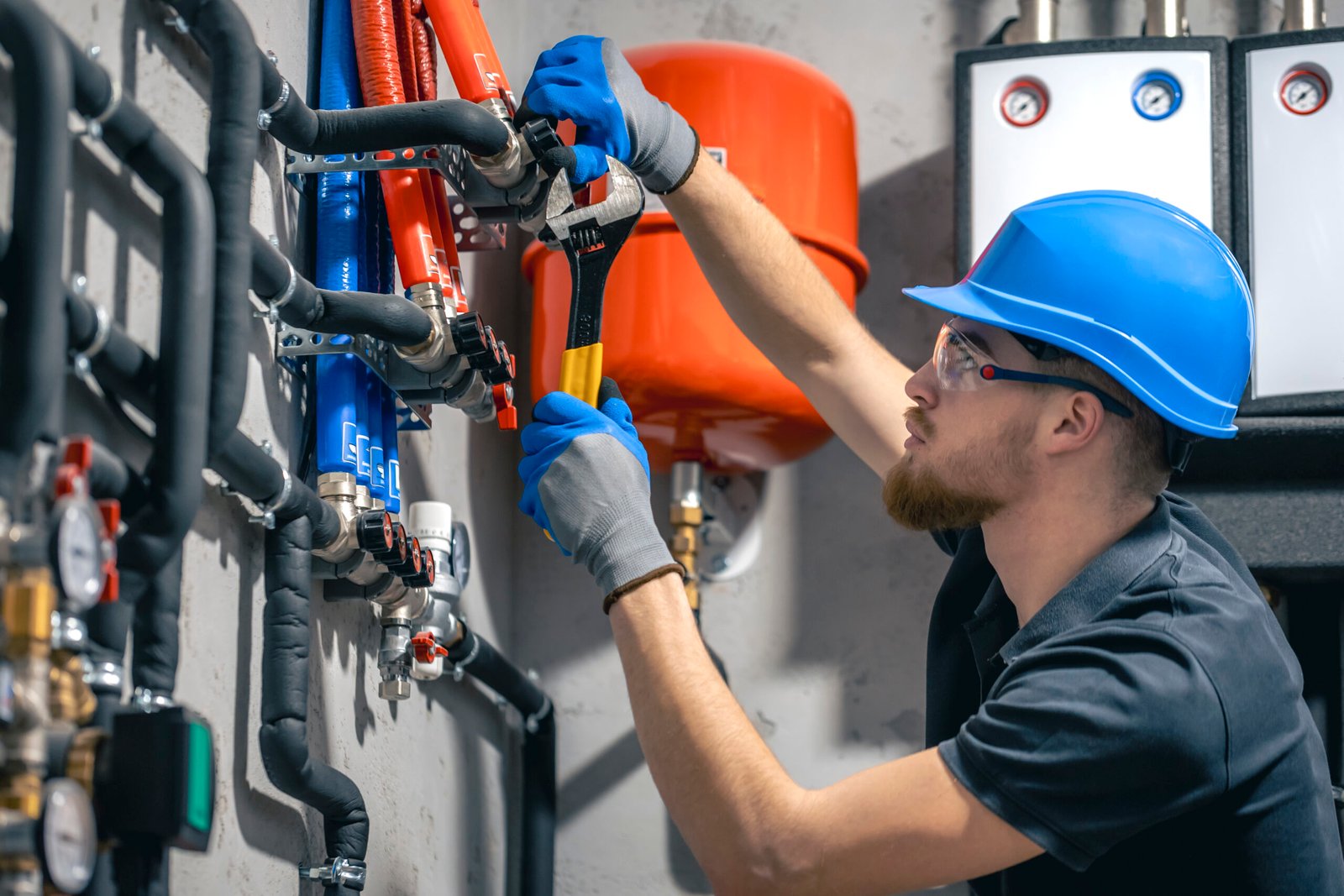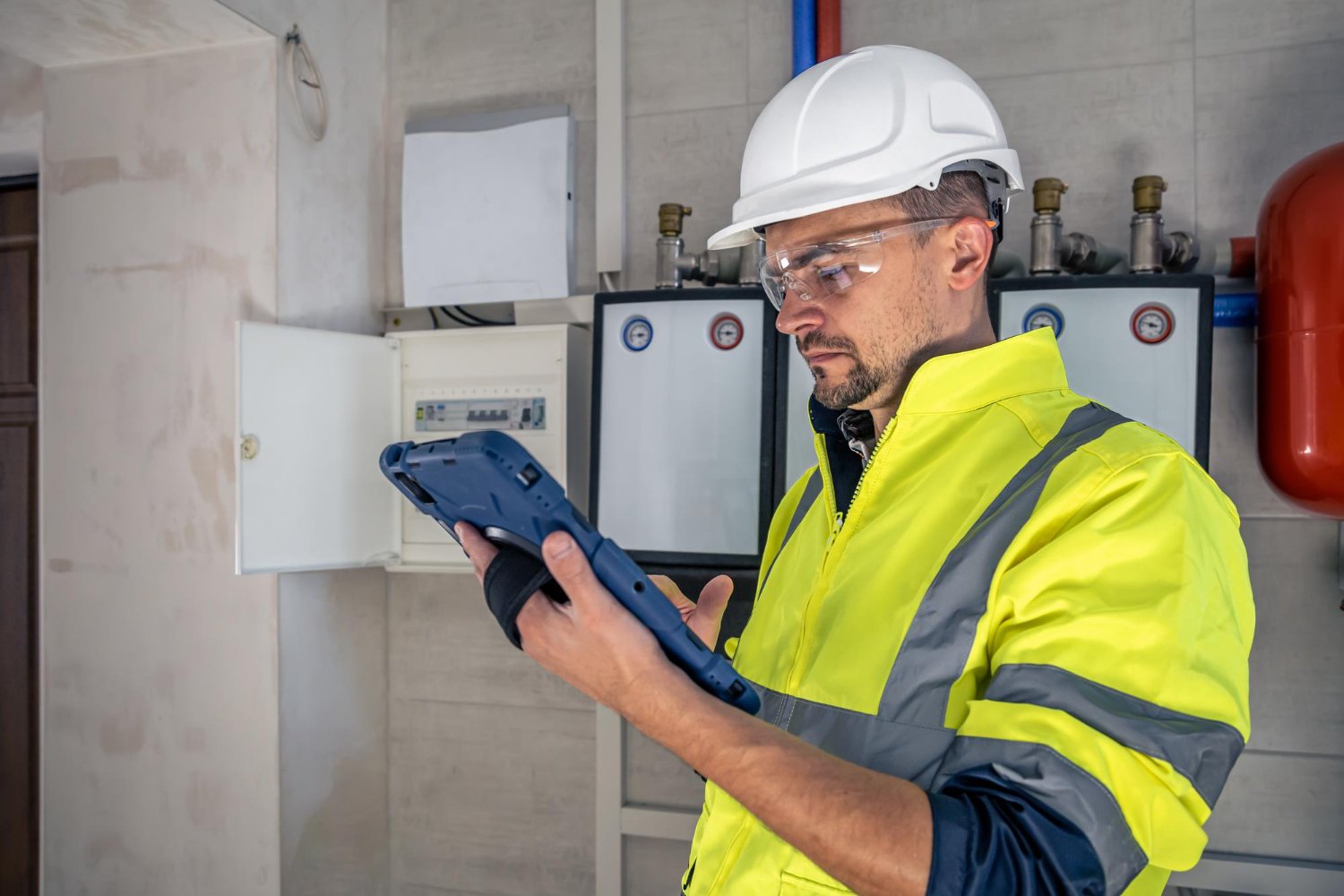
The Importance of Broward County 40-Year Recertification
John Souffront

Table of Contents
ToggleIntroduction
If you own or manage a building in Broward County, Florida, reaching the 40-year milestone is more than just a marker of age—it’s a regulatory turning point. Every structure that hits its 40-year anniversary (and every 10 years thereafter) must undergo a thorough structural and electrical inspection to ensure it remains safe and habitable.
40-Year Building Recertification Inspection experts specialize in ensuring the structural and electrical safety of aging buildings. With in-depth knowledge of local regulations, these professionals conduct thorough inspections to help property owners meet compliance standards, avoid penalties, and maintain occupant safety. Trust their expertise to navigate the recertification process smoothly and efficiently. In this guide, we’ll break down what this process involves, who it affects, and how you can prepare effectively, ensuring the safety and longevity of your property.
What Is the 40-Year Recertification?
The Broward County 40 year building recertification is a mandated inspection program that requires older buildings to prove their ongoing structural integrity and electrical safety. Initiated after the devastating collapse of a Miami-area parking garage in the 1970s and later influenced by the 2021 Surfside tragedy, the goal of this ordinance is to protect public safety and maintain building standards.
This requirement is overseen by the Broward County Building Safety Inspection Program and enforced at the city level. Buildings are notified via certified mail and must complete the process within a designated timeframe after notification—usually 90 to 180 days.
The program requires independent, licensed professionals to inspect building systems and prepare detailed reports. These reports are then reviewed by local building departments, who either approve the certification or request follow-up actions.
Who Needs It & When It’s Required
The 40-year recertification is not a one-size-fits-all requirement. It specifically targets older buildings that are more likely to experience age-related deterioration. The intent is to ensure that such structures remain safe for occupants and the public.
Buildings Required to Recertify:
All structures 40 years or older (except single-family homes and duplexes)
Multi-family residential buildings such as condominiums and apartments
Commercial and industrial properties
Public facilities, including schools and government buildings
Timelines:
Initial recertification occurs at 40 years from the date of the Certificate of Occupancy.
Follow-up inspections are required every 10 years thereafter (i.e., at 50, 60, 70 years, etc.).
Owners should begin preparations at least six months before the deadline. Early planning allows for a smoother process, particularly if the inspection uncovers issues that require time to resolve.
Inspection Requirements & Scope
The 40-year recertification consists of two critical evaluations that work in tandem to assess a building’s structural soundness and electrical safety.
1. Structural Inspection:
This inspection ensures that the physical integrity of the building is uncompromised. It includes:
Examination of foundations, roofs, floors, balconies, and stairwells
Identification of visible cracks, spalling concrete, rust stains, water intrusion, or settlement issues
Evaluation of load-bearing walls, beams, and support systems
The goal is to confirm that all structural elements are in working condition and not at risk of failure under normal usage.
2. Electrical Inspection:
This component assesses the safety and code compliance of the building’s electrical systems. Inspectors check:
Main service panels, circuit breakers, and wiring
Emergency systems such as lighting and exit signage
Backup generators and other energy sources, if applicable
Electrical grounding, bonding, and surge protection measures
Both inspections must be performed by licensed engineers or architects, who then prepare official, sealed reports summarizing their findings.
Consequences of Non-Compliance
Ignoring or delaying your 40-year recertification can lead to a series of serious consequences for both property value and occupant safety:
Municipal Fines: Non-compliance can result in daily financial penalties that accrue until the building is certified.
Code Violations: These can remain attached to the property, impacting future transactions, refinancing, or insurance coverage.
Risk of Utility Disconnection: If deficiencies pose imminent hazards, municipalities may disconnect power or water to force corrective action.
Condemnation and Eviction: In extreme cases where the building is deemed unsafe, it may be condemned, and occupants may be ordered to vacate.
By staying proactive and on schedule, owners can avoid legal and financial risk while fostering long-term safety for residents and tenants.
Step-by-Step Process for Recertification
Understanding the steps in the 40-year recertification process can help ensure smooth compliance and minimal disruption to your property.
1. Notification
You’ll receive a certified letter from the city alerting you that your building has reached the recertification threshold.
2. Hire a Qualified Professional
Contact a state-licensed structural engineer or architect with expertise in local building code compliance. Choose someone who is familiar with Broward’s specific requirements and has experience with similar property types.
3. Pre-Inspection Review
The professional reviews available documentation (e.g., original plans, previous inspections, maintenance records) to prepare for a thorough on-site visit.
4. Conducting the Inspections
The engineer visits the property to assess all structural and electrical systems. Depending on the findings, they may recommend further testing, especially in areas showing signs of deterioration.
5. Report Preparation
Following the inspection, the engineer prepares two reports (structural and electrical), which summarize their observations, deficiencies (if any), and recommendations.
6. Submission and Review
Reports are submitted to the building department. The municipality reviews the documents and either accepts them or requests additional documentation or repairs.
7. Repairs and Reinspection
If any deficiencies are noted, repairs must be completed by licensed contractors. A follow-up inspection confirms compliance.
8. Final Approval
Once the building meets all code requirements, the city issues formal recertification, valid for the next 10 years.
How to Choose a Qualified 40-Year Recertification Professional
Your choice of engineer or architect can significantly impact the speed and effectiveness of your recertification. Consider the following:
Licensing and Credentials: Ensure your professional holds a valid license from the State of Florida.
Experience with Broward Buildings: Local knowledge is invaluable for navigating municipal requirements.
Reputation: Ask for referrals, online reviews, or sample reports.
Transparency: Clear communication and detailed scopes of work are essential.
Avoid hiring based on price alone. Look for a firm that emphasizes precision, timeliness, and code knowledge—like Souffront Engineering, which specializes in comprehensive, engineer-led recertifications throughout Broward.
Cost Expectations & ROI
While the cost of the 40-year recertification varies depending on your building’s size, age, and complexity, the investment is justified by the long-term benefits it provides.
A timely recertification:
Enhances safety for occupants
Reduces risk of legal exposure or insurance issues
Increases property marketability and long-term value
Builds trust with tenants and community stakeholders
Remember, the process is not just about passing an inspection—it’s about creating a proactive maintenance and safety culture that preserves your property and protects lives.
Conclusion & Call to Action
The 40 year recertification in Broward County is a serious legal obligation—and an essential measure to protect lives and property. With increased scrutiny on aging structures in Florida, now is the time to ensure your building is safe, compliant, and future-ready.
If your property is nearing the 40-year mark or overdue for inspection, don’t delay. Souffront Engineering specializes in building safety inspections and offers thorough, compliant services tailored to your property’s needs.
Get started today. Contact Us to schedule your 40-year building recertification in Broward County and safeguard your investment.
FAQs
What triggers a 40-year building recertification?
Buildings become subject to recertification 40 years after receiving a Certificate of Occupancy. Owners are notified by the municipality and given a deadline to comply.
How long does Broward County recertification take?
The process can take anywhere from 30 to 120 days, depending on inspector availability, building size, and whether repairs are needed.
Can condos exceed the deadline?
Extensions may be granted in certain cases, but failure to act can lead to fines, violations, and possible condemnation orders.
Who pays for recertification costs?
Typically, the building owner or the association (in the case of condos) is responsible. Costs may be passed along to residents via assessments.
Are follow-up repairs included in the recertification process?
No. Repairs must be performed separately by licensed contractors, and a follow-up inspection is required to verify completion before certification is approved.
John Souffront
John Souffront is a seasoned leader in the construction and engineering industry, with over a decade of experience at the helm of Souffront Construction & Engineering. Known for his unwavering commitment to excellence and innovation, John has propelled his firm to the forefront of the field, delivering cutting-edge solutions for complex projects around the country.
Related Posts
Build Your Project
Ensure safety and compliance on your construction site with our experienced team. Call us today.
Contact Us

